 Sobha Kavanakudiyil, President of the Board of Directors for Spellbound Theatre and Faculty in the Graduate Program in Educational Theatre at The City College of New York. As a professor of Educational Theatre where we discuss Theatre for Young Audiences, I know the incredible value of theatre for children of all ages. Working with Spellbound Theatre has strengthened my commitment to teaching artists and educators on how to reach the youngest children through the power of live theatre. Last week, in my Theatre for Youth and Young Audiences graduate class at CCNY, I dedicated my entire class to Theatre for the Very Young, or Baby Theatre. For homework, I asked the candidates in the Graduate Program in Educational Theatre, to read two articles, Theatre from the Very Beginning by John Mack and Baby Theatre Comes of Age by Rob Weinert-Kent. Then, during our next session I asked the students to view a few minutes of performances of Baby Theatre including Spellbound Theatre’s amazing piece Wink. In class, we discussed what we noticed in each snippet and noted the importance of playfulness in works for the very young. We then listed the qualities we repeatedly saw in Theater for the Very Young: participation, sound, sight, experience, the frequency of wordless performance, non-traditional storytelling practices and staging, brevity (most pieces lasted no more than 30 minutes) and how the Pre-show and Post-show activities were almost part of the performance. . A pretty good list-- as their Professor I was proud. And then we had some fun. We created a list of possible themes that might be of interest to the very young: dreams, shadows, animals, numbers, nonsense, stars, and water. I then asked the class to break into groups and to choose one of these topics to explore, but they weren’t just to talk – they were to play. I had brought in props and fabric, and encouraged them to think outside of the classroom space and consider what else they might be able to bring in as these very short pieces (2 – 3 minutes) would not be performed until the following week. And then the most amazing thing happened. They just played. They laughed. They were creative. It was very much what we want to see the very young experience when they are part of the audience of Theatre for The Very Young. Research has shown that the arts help cognitive development, social development, and the use of imagination. Children become creative by introducing the arts. Innovation comes from the imagination. Why not encourage that as a priority and support that development early on? After all, to maintain global leadership wouldn’t these skills give the United States the edge if our children were encouraged to be creative? Lynne Kingsly writes for the Americans for the Arts blog: Vgotsky, an educational and developmental psychologist, theorized that imaginative play and creative activities allowed very young children to stretch their capabilities and learn to further their understanding of the world. Specifically, sensory and tactile experiences are beneficial to young children and babies in helping them develop understanding of the world around them and of relationships with other human beings. Theatre for the Very Young also encourages children to be patrons of the arts from the very beginning. At companies like Spellbound, children are being taken seriously as theatre-goers and as such works are created with consideration to their cognitive development. I think this can be attributed to the fact that many of the best practices in Theatre for the Very Young are grounded in Early Childhood Development. Works are created not only to entertain, but also to stimulate and to engage the senses beyond just the eyes. This aesthetic choice encourages artists to embed opportunity to touch, smell, taste, and hear a production; to develop multisensory opportunities for the audience who becomes ensconced in the world of the storytellers. Children then respond to these choices and feel ownership of the production as much as they enjoy it for its entertainment value. Spellbound Theatre not only creates opportunities for families to experience theatre together but also creates opportunities to explore the arts together and create imaginative and enthusiastic artists!
9 Comments
In honor of national Arts in Education Week, we present some reflections from our School Outreach Coordinator, Susanna, on the benefits of arts education in the early childhood classroom:
By Susanna Brock Twelve 3-year olds are finding their spots around the circle time rug. The excitement in the room is electric and they have all seen the 5 subway boxes neatly stacked on top of each other. The teacher is waiting for everyone to settle down before introducing the guest. Having a completely unfamiliar face in the classroom is a BIG DEAL for the nursery class who usually stay within the small community of their schools, and perhaps short explorations around their neighborhood. We at Spellbound want to honor the privilege of being invited into their school world by bringing in performances and creative workshops that deal with subjects that are fun and relevant for them. We always try to listen to their thoughts, questions, concerns and stories and then build upon the creative ideas that they constantly provide us with. The kids who are going to see our show “Stand Clear of the Closing Doors, Please” this day are bursting in the seems with questions, comments and wiggles. “What's in the boxes?!”, “What's her name?”, “Why is she in our classroom?”, “What did I eat this morning?” And the most important question - “Will I be able to play with the things she brought!?!” Pre-schoolers want to touch things, explore how objects work, play and move their bodies around. Our work with young children is always based in play and experiential learning. We bring in objects and material that we find exciting and explore them through storytelling together with the students. Play-based learning and arts education in preschools help children develop language, practice nonverbal communication and develop problem solving skills. It can also give children with different learning styles a chance to finally thrive. We at Spellbound work hard everyday to raise awareness about the importance of the arts for the very young and we love seeing the work in action through our residencies and school performances in preschools and daycares. This school year we are beginning exciting new partnerships with Brooklyn Country Day and Brooklyn Doodles in addition to our continuing partnerships, and we can't wait to see which other schools and students we get to play with! It’s never too early to start introducing your classroom to storytelling, puppetry, and imaginative play. If your school our playgroup is interested in our work and want to collaborate in some way don’t hesitate to send me an e-mail. Susanna School Outreach Coordinator Spellbound Theatre [email protected] By Artistic Director Lauren Jost
Today is officially the World Day of Theatre for Children and Young People. Here are the top four reasons that we continue to work for theatre that engages, inspires, and is made just for young children ages 0-5:
To support the continued development of new work for children ages 0-5, click here. By Haven Mitchell-Rose The Holidays are almost here! That means fun in the snow and warm mugs of cocoa. It also means being surrounded my your loved ones and many, many children. How will you ever keep all of these little ones entertained? Spellbound Theatre is here to help with these holiday-inspired creative play activities! Collaborative Holiday ImageNot only is this a great way for your child to explore what they Holidays mean to them, but it makes a lovely wall decoration for any holiday parties you might be hosting Materials Large sheet of paper (the back side of an expanse of wrapping paper works nicely) glue/ tape smaller paper (copy, construction, or both) pencils/ markers/ crayons etc. stickers/ glitter/ feathers (optional) Step 1: Secure the large piece of paper to the wall. You can choose to add a title such as "Happy Holidays!" or "My favorite thing about the holidays is..." Step 2: Present child(ren) with smaller pieces of paper and arts supplies. Encourage them to draw their favorite thing about the holidays Step 3: Help them add their finished creations to the large piece of paper, and VOILA! you and your family have a beautiful and meaningful holiday decoration! A New Oral TraditionEach tradition has its own holiday stories, that have been passed down from generation to generation. But, what would happen if instead of stories being told by elders to children, kids got to tell the elders their own version? In this next activity, you will find out! Materials: An open space Some good stories You imagination Step 1: The Child(ren) is the narrator. What they say goes. (S)he will chose a story to tell - it can be a traditional holiday tale, a year round family favorite, or a new story that the child makes up on the spot Step 2: As the child narrates adults/ other children will act out the story that is unfolding Step 3: Ensure that all children present (who wish to) get a chance to narrate, and who knows? Maybe you and your little one(s) will create a brand new holiday tradition! *Challenge: Which kid can come up with the SILLIEST story? Which grown up is most COMMITTED to acting it out? give awards for each. As always, please share any festive pictures/ videos you take to our Facebook Page with the hashtag #Spellboundholidays A variation on the "Collaborative Holiday Image" from a Free Family Arts Day this past summer. Info on future Free Family Arts Days is coming soon!
By Haven Mitchell-Rose It's been raining these past few days. A lot. While the excess water may be making you and your little one a little grumpy by keeping you cooped up inside, we here at Spellbound want to show you some creative play fun that can be had with water. Hopefully these water-inspired activities will help you and your little one feel warm and sunny! Magic Elevator: Water EditionThe Magic Elevator game is an old favorite here at Spellbound, and we with think that it will be a great way for you and your child to explore water while staying nice and dry. Materials: An open space Your imagination Step 1: Clear an open space in the middle of the room, and designate a small portion of that space to be your elevator. Now this is no ordinary elevator. Instead of going to the floors in a building, this elevator goes to any water related place you can think of. Step 2: Get in your elevator and ask your child to decide which floor they want to go to first. (Ex: The Waterfall Floor, The Ocean Floor, etc.) Step 3: When you arrive at your chosen floor, open the elevator doors, and venture out into the watery world that awaits you. Use your bodies to show what it looks like to swim in the ocean or stand under a waterfall etc. Step 4: Repeat steps 2 & 3 until all water related environments have been explored. Watercolor PaintingNow that we've explored water with our bodies, let's create so water-based visual art! Materials: Paper (copy or construction) Paints Paint brush Water Plastic tub (optional) Flat surface Newspaper/ paper table cloth Step 1: Wet you and your child's paper. It helps to fill a plastic tub with water in order to fully submerge the paper without ripping it. Step 2: Gently place the wet paper on the flat surface in front of your child. Step 3: Help/ Show your child to load their brush full of pain and apply it to the wet paper. Watch the color spread out, and see what beautiful shapes they make. As always, please share any aquatic pictures/ videos you take to our Facebook Page with the hashtag #Spellboundwater Photo credit: fineartamerica.com
By Haven Mitchell-Rose In honor of our very successful Fall Fundraising Event last weekend, this week's blog is dedicated to exploring natural world, just as "Under The Tree" main character, Pea, did in our VIP donor performance at The Old Stone House. The performance was proceeded by fall themed visual art activities and storytelling. A huge, huge thank you to everyone who came and donated! You are the reason we are able to do what we do. Leaf It To MeThere is no shortage of beautiful fall leaves this year, and now you and your little one can explore all the fun to be had with them! Materials Leaves Your thinking cap Light source (optional) Wall (optional) Step 1: Explore your yard, street, or a nearby park with your little one, and gather any leaves you see that strike your fancy Step 2: What ways can you use these leave to create a funny character? (ex: wear one as a hat or an eye patch) See what your child can come up with! Step 3: Shine a light behind a leaf and play with the size and shape of its shadow on a blank wall. You and your little one can also choose to break or cut leaves into other shapes to create a variety of shadow puppets Step 3.5: For infants, try playing peek-a-boo with a leaf, or let them hold it so they can experience its texture and accompanying sounds *Challenge: What other creative uses for leaves can you and your little one come up with? Be sure to post a comment telling us what you discover and/ or post pictures and videos to our Facebook Page "This is a Summer Bound, Seasonal Express Train!"Remember summer, when you could leave the house without wearing every single jacket you own? Now you and your little one can look forward to warmer weather with this creative play activity.
Materials Several chairs/ stools/ cushions (optional) An open space Your imagination Step 1: Designate an area that will be the train. You can use chairs/ stools/ cushions etc. arranged in a line to create it if you would like, if not simply sit in a line with your child on the ground Step 2: Explain to you child that this is a magic train, and that instead of stopping at locations, all the stops are seasons. Ask them which season they would like to visit first, and explain that when we arrive, we are in that season Step 3: The doors open, and you and your child arrive at your first season. Model for them the kinds of activities one can do during this season, and invite them to join in Step 4: Take a little piece of whatever season you are in - a flower from Spring or a hand full of warm sand from summer, put it in your pocket, and re-board the train. Next stop [insert season here]! By Haven Mitchell-Rose As the weather gets colder, we must move our play and exploration from the vast outdoors into our considerably smaller living rooms. despite the space limitation the possibilities for creative play endless. If you're running low on ideas, have no fear! Spellbound is here to help with some creative play suggestions that you and your little one can do from the comfort - and warmth - of home. Aaand our indoor theme for this week? Pictures: Drawn, collaged, and posed! Say cheese! Be There Or Be Square!In one of our explorers classes this week, we read the book "Perfect Square" by Michael Hall. This book tells the story of a square who is transformed into many other shapes, all comprised of parts of the original square. Now you and your little one can experience the exciting world of collage pictures, beginning with the square... Materials: Construction paper Glue/ Tape Scissors Hole punch (optional) Step 1: Present your child with a square cut from construction paper (If you feel comfortable with your child using scissors, allow them to help you cut) Step 2: Give your child a chance to explore the shape, hold it, feel the edges, and count sides and corners if that is interesting to them Step 3: Allow your child to rip (or cut depending on your comfort level with them handling scissors) the square to see how many other shapes they can make. (for infants you will have to do this for them, but make sure to show them every thing you do, and let them hold and/ or touch each new shape so that they remain engaged. Step 4: Once your done exploring, and you and your child have arranged the shapes in a satisfying way, glue them to another piece of construction paper Challenge: If you and your little one want to add more to your collage, trying beginning with a circle instead of a square, or any other shape you can think of! Illustration ExplorationPencils and paper are not the only ways we can make pictures. In this next indoor picture activity, you are a book author who needs your little one's help in creating pictures for their latest book.
Materials: Your body Your imagination Costume pieces/ props from around the house (optional) Camera (real or imaginary) Step 1: Select a story to tell your child, it can be one that they already know, or a brand new one. Step 2: Tell the story pausing every so often to allow your child to create a picture for that chunk of story with their body. (for infants you can dress them up and/ or pose them while you tell the story) Step 3: Take a picture with a real camera, or an imaginary one, of your child's pose Step 4: Repeat with each section of the story until it is finished. Challenge: If you and your little on are felling extra crafty, and you used a real camera, print the pictures you took, staple them together into a book that you and you child can add too with writing and drawings. As always, please share any aquatic pictures/ videos you take to our Facebook Page with the hashtag #saySpellbound By Haven Mitchell-Rose From the ocean, to the tree tops, and even to the city - the animals we've created and embodied in our Explorer's classes live just about everywhere! This week, we focused on our fish friends who live in the ocean, through art projects, dance parties and more! So, open up the flood gates, and get ready for a tidal wave of fun under sea activities to do at home! Under Water WorldBefore we can truly understand the life of a fish, we must first familiarize ourselves with their home. So, get those flippers ready, and let's explore! That activity is great for babies and toddlers, but can also be fun for kids on the upper end of our Spellbound demographic (5 yrs.). Materials: Music player Bubbles Any pieces of blue/ ocean colored fabric found around the house (e.g. a scarf or a t-shirt) Your Imagination Step 1: Drape the blue fabric around the room to set the scene Step 2: Create the ambiance of your underwater world with some aquatic music! Click HERE for a suggestion. Step 3: Blow bubbles as a final touch to give the space a true under water feel Step 4: Show baby how to pop bubbles, or (if they are old enough) blow them themselves. Step 5: Grab a piece of blue fabric, and show your child how to move it in an under-water way. Let them try! Challenge: Can your child and/ or you think of some fun undersea dance moves? Show us! Fish FingersNow that you are properly immersed in the world of the fish, you and your little one are ready to become them. Slightly older children will enjoy this activity more than their infant counterparts as it involves fine motor skills. Materials: Bed sheet 2 Chairs Light source (i.e. flashlight or cell phone) Your hands Step 1: Stretch bed sheet across chairs to create your playing space Step 2: Establish which side is the back and which is the front by placing the illuminated light source on the back side Step 3: Place a flat hand, with palm facing the sheet, between said sheet and the light source. Stick your thumb up, and you've got a fin! Practice swimming around Challenge: Can you and your little one use your hands to create other fishy shapes? Show us! As always, please share any aquatic pictures/ videos you take to our Facebook Page with the hashtag #SpellboundOcean. Photo credit: http://www.videojug.com/film/how-to-make-hand-shadow-puppets
By Haven Mitchell-Rose This week in our Storytime classes, we explored SOUNDS! Here are some sound themed activities to help you and your little one turn up the volume at home. Parody ProfessionalExperience writing your own song, with the help of some classic favorites. This activities is great for the older end of our Spellbound age range. Materials: Paper Writing utensil Your singing voice Your thinking cap Step 1: Together with you child, select a song that you love and know well (short and simple ones are best! ex: Twinkle, Twinkle Little Star) Step 2: Play and/ or sing the song a few times to jog your memories Step 3: Ask your child what they want their song to be about, pull out your writing materials and go through the song line by line, making sure your new lyrics fit the rhythm as closely as possible. NOTE: Your lyrics do not have to rhyme, but they absolutely can if you want to take on that challenge Step 4: Sing your song together! You may also choose to practice performing it for each other Baby SoundsA sound based activity for our younger friends in our age range.
Materials: Music player Step 1: Play sounds of different locations Step 2: Demonstrate making some of the sounds you hear and adding your own. See if you baby joins in Step 3: Move/ dance around the room with your baby in a way befitting the current sound scape Soundscapes Ocean River Rainforest Woods Rain Morning Night Don't forget to share pictures/ videos of your sound related fun to our Facebook Page with the hashtag #SpellboundSounds. By Haven Mitchell-Rose Color is one of the very first ways in which children learn how to interact with their surroundings. Not only does it help them to form connections between the things in their world, but an understanding of color allows them to communicate with you about what they are experiencing, both literally and in the abstract through emotional association. This week in our Storytime classes, we explored color through playing with scarves and making color collages. Now you and your little one can bring some color into your home with these activities! Peek-a-BLUE!We've all played the classic game of peek-a-boo to bring a smile to a little one's face - I challenge you to find me a parent who hasn't used it at one point or another. Now you and your child can bring this time honored activity from black and white to technicolor! This activity is great for infants and toddlers. Materials: Pieces of colored fabric (napkins, articles of clothing, washcloths, etc.) Step 1: Present your child with the selection of colored fabric you have assembled, and see which one they gravitate toward. Step 2: Select the cloth that your child chose, and cover your face with it. Step 3: Quickly pull the cloth away from your face and say, "Peek-a-boo!" but replace the "boo" with the color of the cloth you are holding. Ex: "Peek-a-red!" or "Peek-a-purple!" Red Light, Green Light, Yellow Light, Pink LightHere's another colorful twist on an old classic. This adaptation of "Red Light, Green Light" is great for slightly older children who are more mobile, and developmentally able to make connections between color and emotion. Materials: Colored pieces of construction paper OR blank paper and colored crayons/ pencils/ markers (all optional) Step 1: If you and your child would like to have a visual representation of the colors used in this game, this is when you can use construction paper and markers to make them Step 2: Clear away furniture to create an open space, and stand at one end of the room with your child at the opposite end. Step 3: Explain that when you call out and/or show your child a color, they must move toward you in whatever way that color makes them feel. Ex: If the color is red, they might stomp their feet and cross their arms as they move toward you to show anger. Tell them that when you want them to stop you will call out, "Freeze!" at which point they should stay in place until you call the next color. *Challenge: If you have two or more little ones, you can make it a race! Whoever gets to you first gets to call out the colors for the next round. If there is only one child, when they get to you, you can swap places so that they get a chance to call out colors too. Don't forget to share pictures of your colorful fun to our Facebook Page with the hashtag #colormespellbound Circus Themed Storytime Class at PowerHouse Books, this past Monday at 4:30pm. For a complete list of class times and locations visit www.spellboundtheatre.com
|
Authors
Lauren Jost, Director Archives
December 2017
Categories |


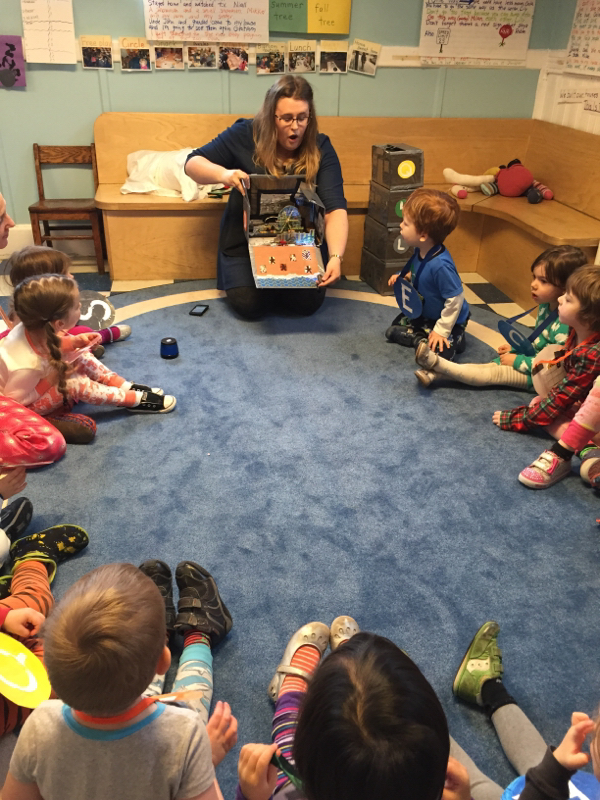
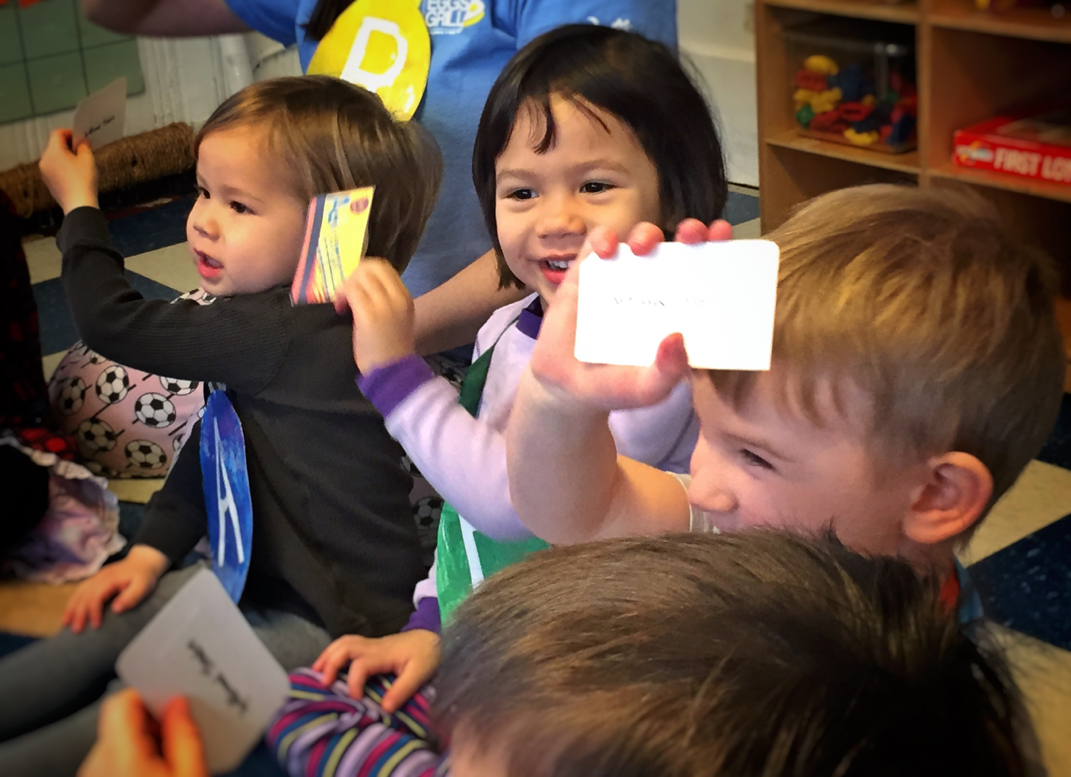
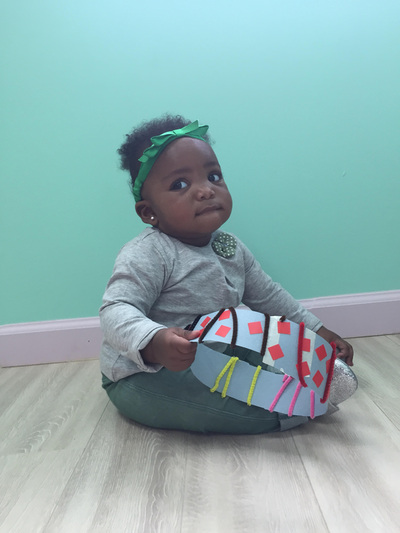
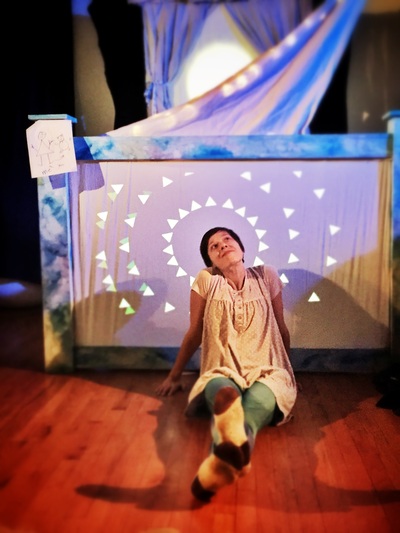
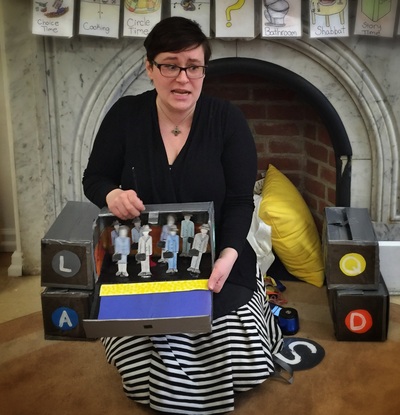
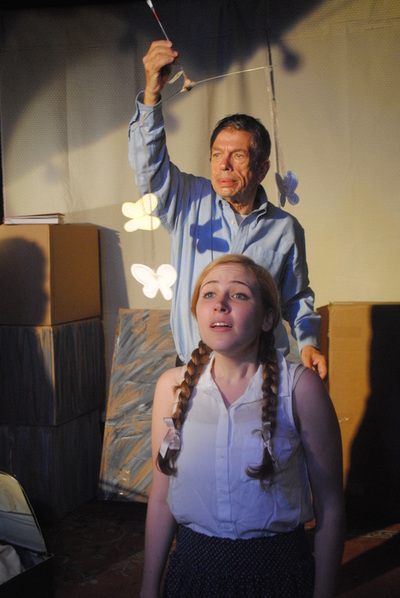
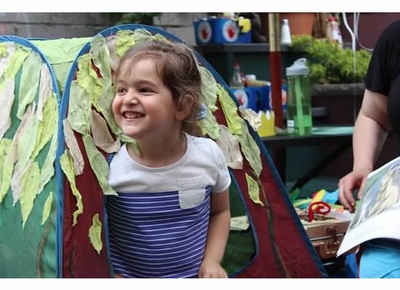
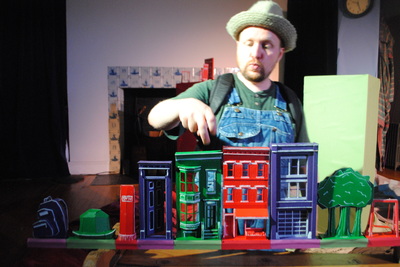
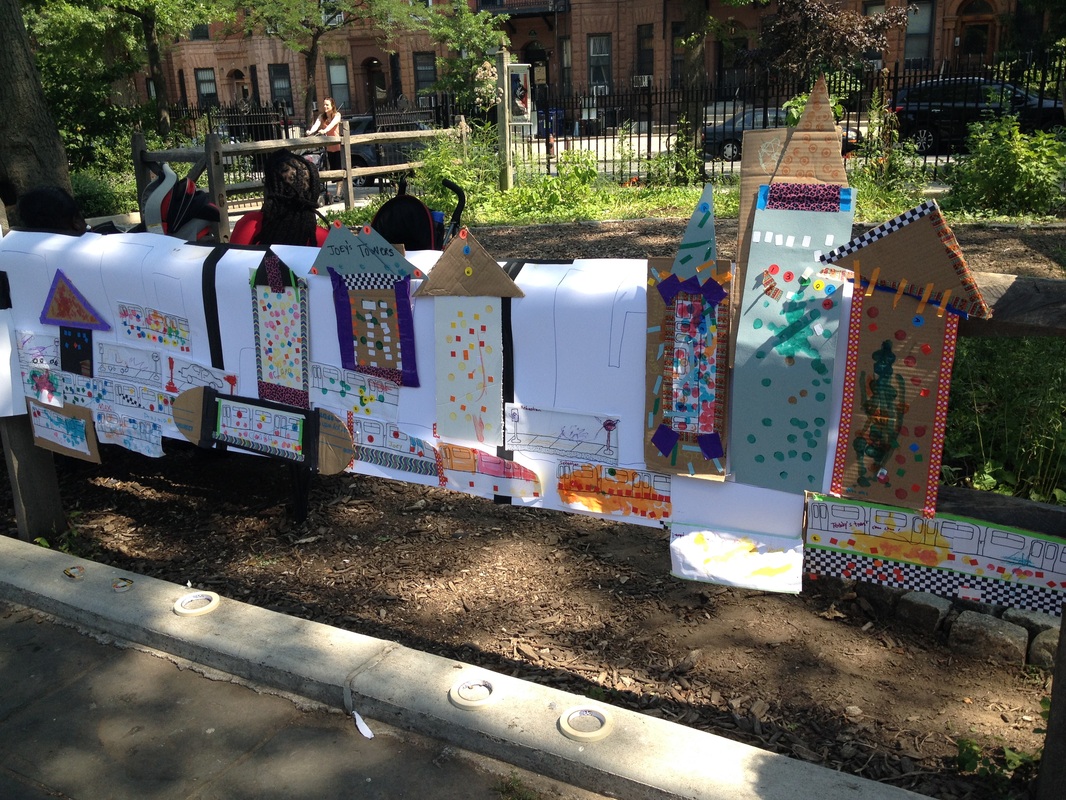
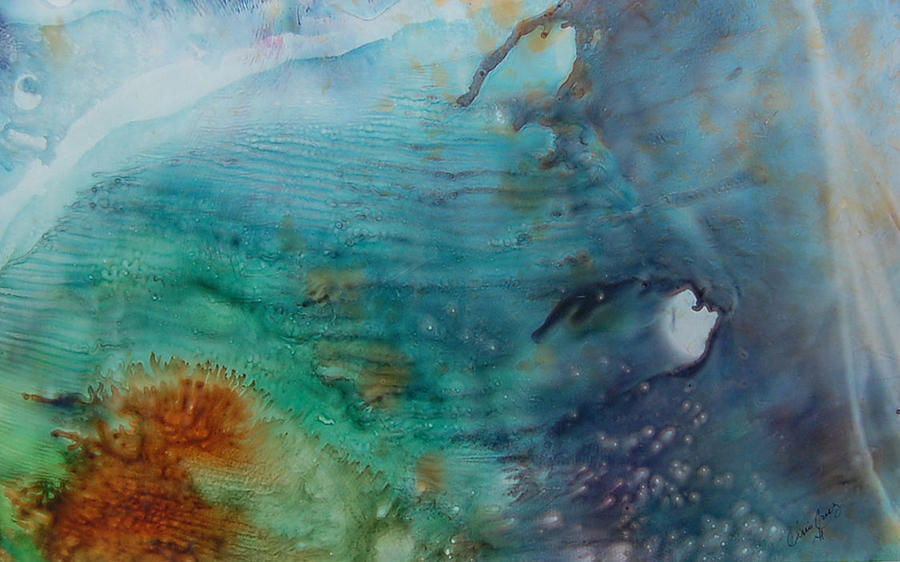
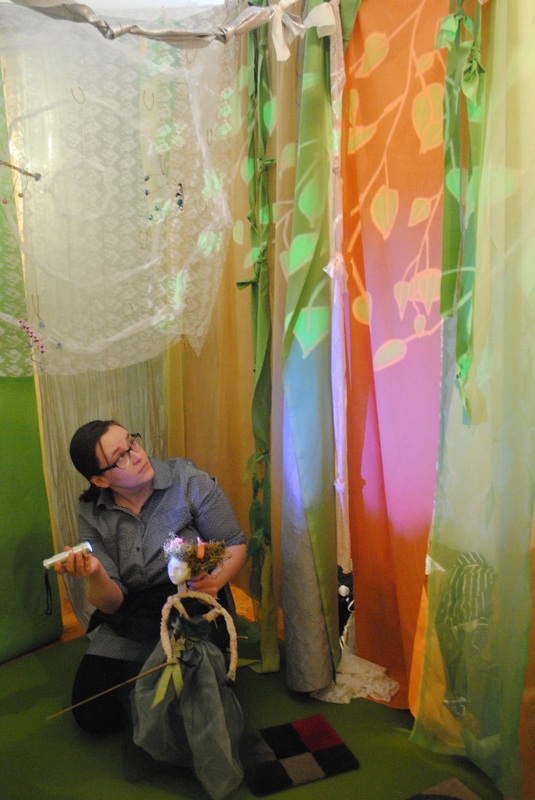
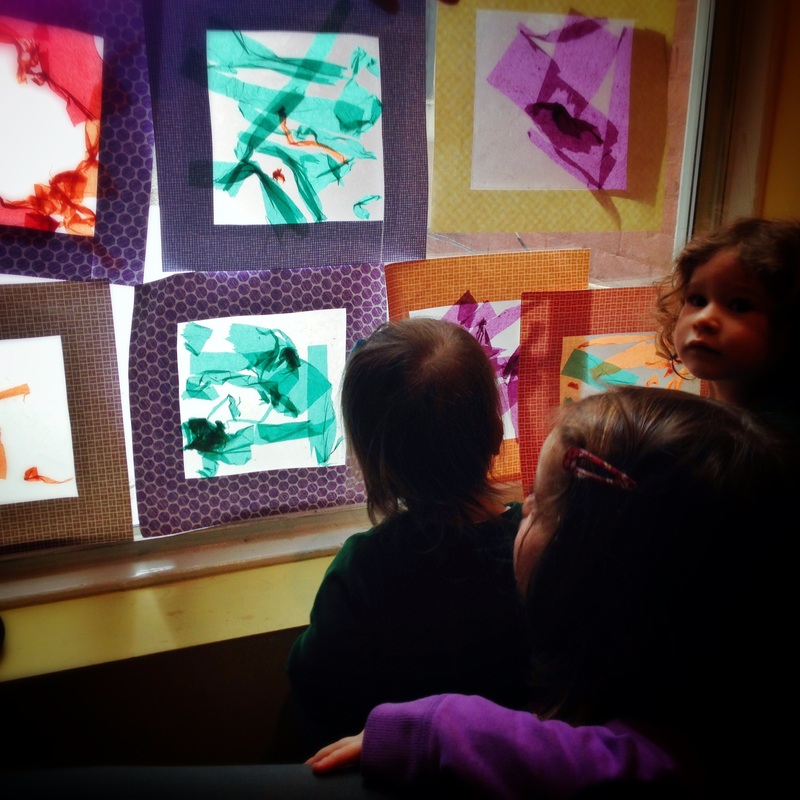
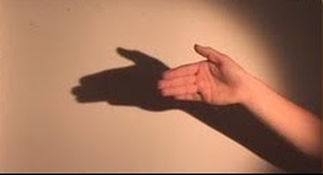
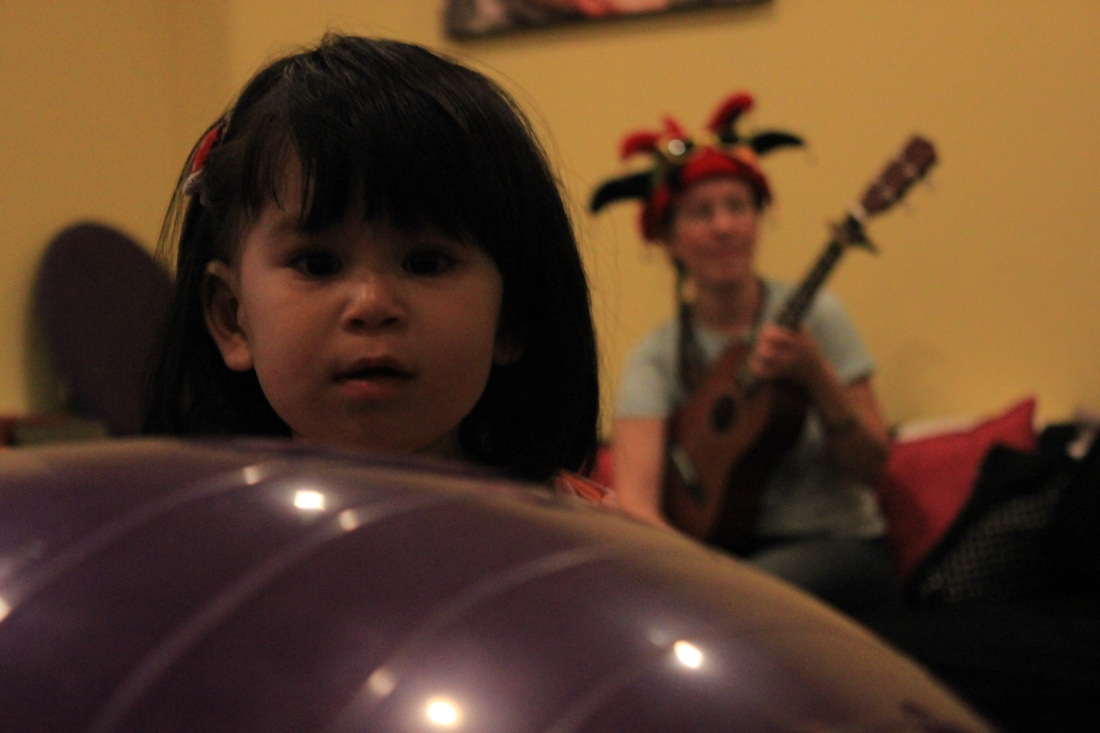
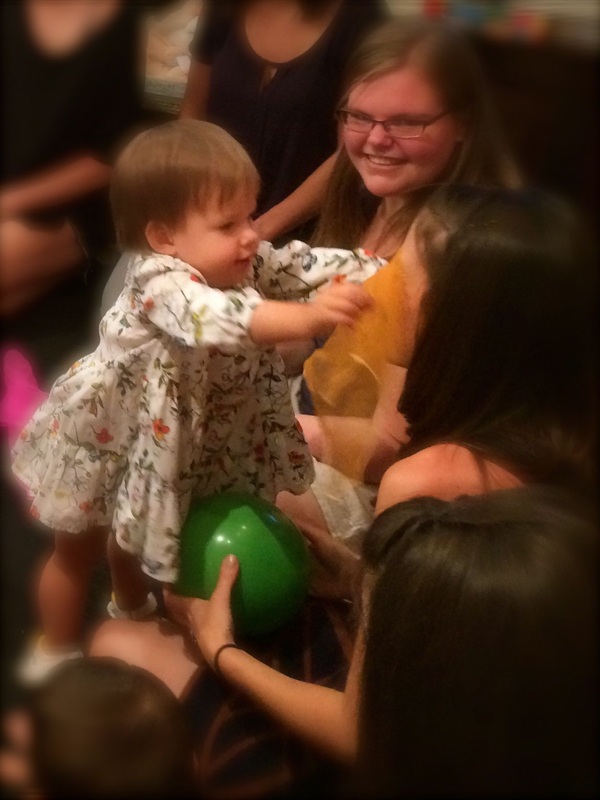
 RSS Feed
RSS Feed